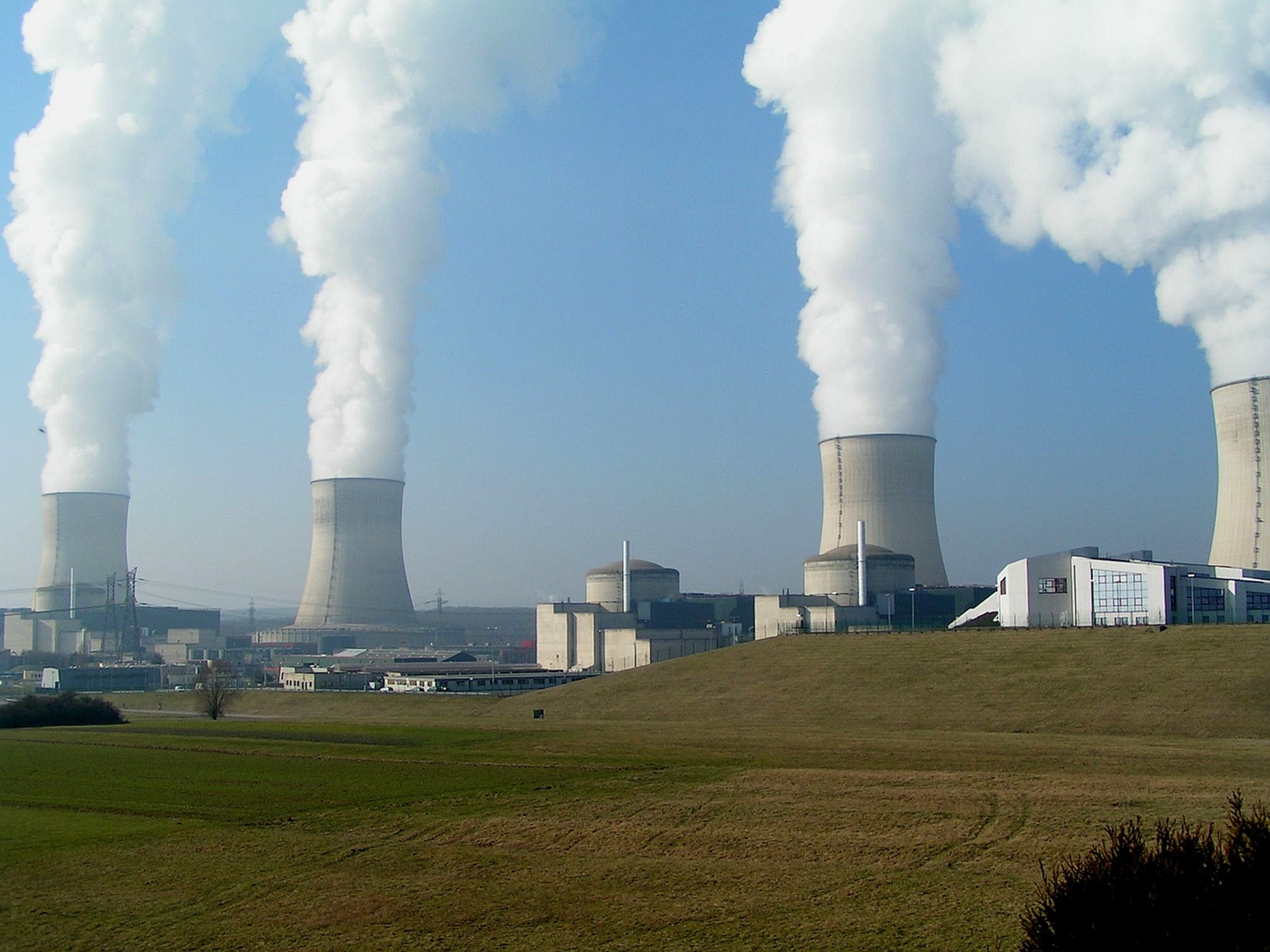 A nuclear power plant in France. Image via Wikicommons.
A nuclear power plant in France. Image via Wikicommons.
Despite Concerns, Nuclear Power isn’t Just Safe—it’s Critical
Ukraine’s Minister of Energy, Herman Galushchenko, announced the situation at the Zaporizhzhia Nuclear Power Plant, captured by Russia in March 2022, has worsened. With the discussion of the plant’s safety in the news, some may pose questions about nuclear power’s safety in general. Concerns already exist in the United States. A 2022 poll found 47% of Americans do not believe nuclear power is safe, and two Democrat governors this year have vetoed bills to build nuclear plants. Yet there are multiple reasons to both feel better about using nuclear power in the United States and work to increase its usage.
A great deal of recent discussion on the benefits nuclear power revolves around its potential to fight climate change since it produces very little carbon. That’s not the only way nuclear power is safer than fossil fuels, though: it’s also safer for human health. All forms of energy, renewable or otherwise, involve some trade-off between the amount of energy produced and the impacts on humans and the environment. Even leaving out the issue of climate change, fossil fuels are still more deadly than nuclear power. In 2018 alone, over 8 million people—18% of the deaths for that year—are believed to have died because of fossil fuel use. For nuclear power, deaths heavily originate from two major accidents, Chernobyl and Fukushima.
With Chernobyl, debate exists over the exact long-term number of deaths caused. Thirty-seven years later, however, the high-end estimate of deaths seems to be ~90,000. Fukushima’s accident took place almost 25 years after Chernobyl. Only one death from radiation from the accident has resulted. Deaths estimates among residents from the stress of evacuating are at 2,313. It is crucial, however, to realize that it’s impossible to distinguish stress due to the accident from stress due to the tsunami. Still, the number of people who died in one year from fossil fuels greatly exceeds the deaths over time from the most significant nuclear power accidents combined.
When accidents have occurred, though, scientists and regulators learned from them. Chernobyl resulted from poor reactor design and disregard for safety measures after a reactor went out of control during a test. Radiation was released into the world because of the lack of containment structures. These concrete-and-steel structures surround reactors in case of such accidents to prevent just that type of radiation release. Three Mile Island, the most severe accident in the United States, had no deaths. Nearby residents received radiation equaling 1/6th of a single x-ray image. The difference: it had a containment structure. The Soviet accident reinforced how safety elements cannot be skipped and taught the importance of international cooperation.
Fukushima resulted from a tsunami that knocked out the backup generators of the three oldest reactors. While improvements in designs since their installation resulted in current-generation reactors becoming safer, Reactors 1-3 at Fukushima all had explosions over four days. Here, regulators became more aware of the need to consider how natural disaster risks in an area can lead to manmade disasters when designing a nuclear plant. While some radioactive material was released despite a containment structure, the degree to which someone would have been affected depended on where they were. For someone in the United States, the radiation they experienced to was equivalent to about 5.9 days’ worth of normal radiation. That is roughly the same amount as a single X-ray. If someone were in Japan, the exposure was equivalent to about 29.4 days of radiation in the United States.
Safety doesn’t only stem from accidents, however. Research continues to advance all the time. This is currently taking place with molten salt reactors. Initially developed in the 1950s, molten salt reactors use liquid metals instead of pressurized or boiling water. The safety is improved with molten salt because this can be done at low pressure, which makes accidents less likely to result in large breaches. It is also more efficient, allows for the use of new fuels, and produces less waste.
While it would be wrong to dismiss the genuine concerns about the potential harm that can be caused by nuclear power, these concerns should be considered in the context of harm caused by other power sources. Nuclear technology grows safer all the time. Its use is critical for human health and for fighting against climate change. However, there’s another reason for the United States to use it: great power politics. Russia has been funding nuclear power plants abroad, in Hungary, Bangladesh, Egypt, and Burkina Faso. Ghana’s Energy Minister also met this month with a Russian representative to discuss deeper ties over nuclear energy. If the United States is too afraid to advance the use of clean and safe nuclear power at home, it risks abandoning this technology realm to Russia. Based on the latter’s behavior around nuclear sites during the Ukraine war, they may not be as serious about safety standards. Weakening the fight against climate change and giving Russia an advantage to strengthen its energy influence worldwide would be a mistake the United States cannot afford to make out of unnecessary anxiety.





